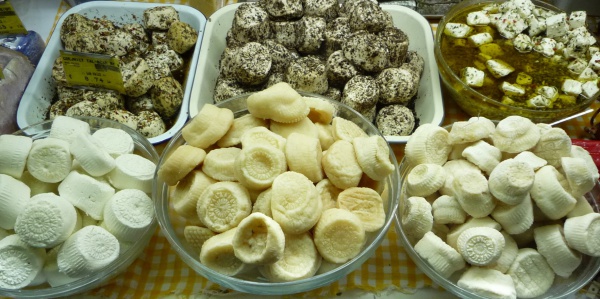Facts About Ġbejna
Let me introduce you to Ġbejna, a delightful variety of Maltese cheese. The name "Ġbejna" is a diminutive form of the Maltese word "ġobna" which translates to "cheeselet" or "little cheese" in English. This article is focused on Ġbejna tan-nagħaġ, a distinctive type made primarily from sheep’s milk, and produced in the picturesque islands of Malta and Gozo.
So, what goes into this cheese? The ingredients are quite simple: sheep’s milk, a bit of salt, and rennet. Interestingly, the majority of sheep’s milk in Malta is used to make these small, round cheeselets.
A bit of history: In the late 19th and early 20th centuries, milk was often sold directly after goats were milked right on the streets of Malta, leading to an outbreak of brucellosis. Thankfully, an ingenious man named Themistocles Zammit managed to halt this pandemic. Fast forward to Malta's accession to the European Union, and the EU agreed to protect traditional Maltese cheeses like ġbejna and a variant of ricotta.
Making ġbejna is an art. Traditionally, the cheese is shaped in a cheese hurdle made from dried reeds, though nowadays, plastic ones are also used. The cheese is then dried in ventilated rooms, with special mesh mosquito nets on the windows to keep it safe.
There are several varieties of Ġbejna to enjoy: fresh, sundried, salt-cured, and peppered. Each type boasts its own unique texture and flavor.
In Maltese cuisine, ġbejna is a star ingredient. You’ll find it in a variety of dishes like soppa tal-armla (widow’s soup), pasta, soups, pizzas, and the traditional Maltese dish ħobż biż-żejt (bread with oil). This cheese has a remarkable ability to elevate the flavors of these dishes, making them even more delicious.
